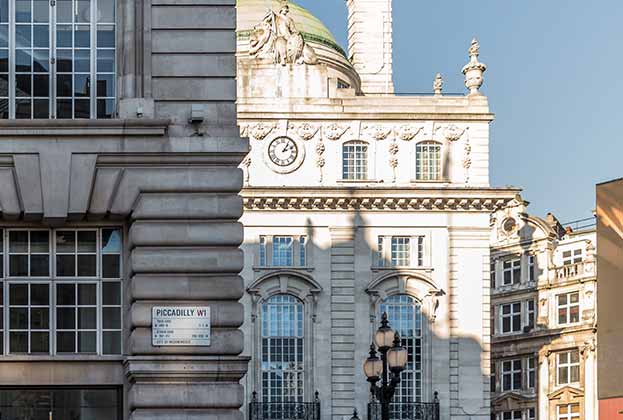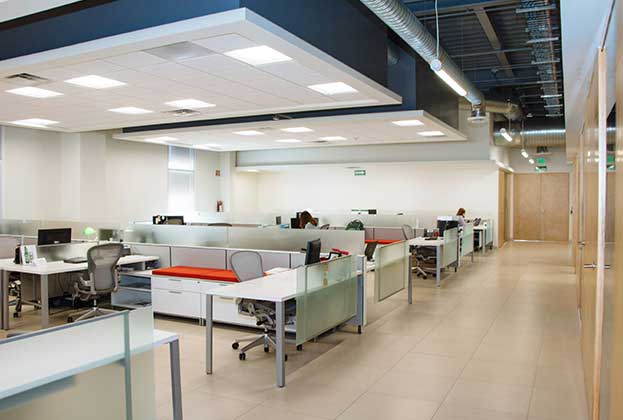In the first half of 2018, foreign investors accounted for approximately half the total volume invested in European commercial property, consistent with the five-year average.
However, as the table below shows, this figure masks wide variations between individual countries. In Portugal almost 99 per cent of investment came from international sources, and 1 per cent from domestic buyers, while in the Czech Republic the reverse is true, with almost 100 per cent having domestic origins.
Overall, Europe continues to attract foreign capital as the market fundamentals remain positive, despite some political risks. The most common cross-border transactions this year have been between European countries. This is because US buyers have been progressively moving away from purchasing opportunistic assets in Europe in favour of targeting opportunities in their home markets, while Chinese purchasers have been limited in how much they can purchase since their Government restricted outbound capital flows in 2017.
But interest from South Korean and Singaporean investors is continuing, taking advantage of the lack of competition from Chinese buyers for assets. We expect volumes from these investors to rise over the coming months as they become increasingly familiar and comfortable with new geographies and markets.
South Korean investors, in particular, are showing greater flexibility in their investment strategies, considering new locations and new sectors across Europe. They’ve been major players, especially in the London market this year, where they are predicted to invest £3 billion by the end of 2018, and are now looking to other UK cities beyond the capital, attracted by the currency discount currently available on the pound.
Although international buyers can’t take advantage of such a big currency play in the Eurozone as they can in the UK, big trophy assets on the continent are still attractive, with office assets in Germany, France and Belgium proving popular – Singaporean REIT Capitaland Commercial Trust, for example, bought Frankfurt’s Galileo tower for €356 million in June.
Overall then, Europe remains an attractive investment proposition for international buyers, particularly Asian investors, supported by its expanding economy, low unemployment rates and healthy demand from occupiers. The slowdown of Chinese inflows is being counterbalanced by increased diversity in terms of sources of capital, with these investors considering an ever broader range of assets and markets.
.jpg)
(1).png)
.jpg)





.jpg)


